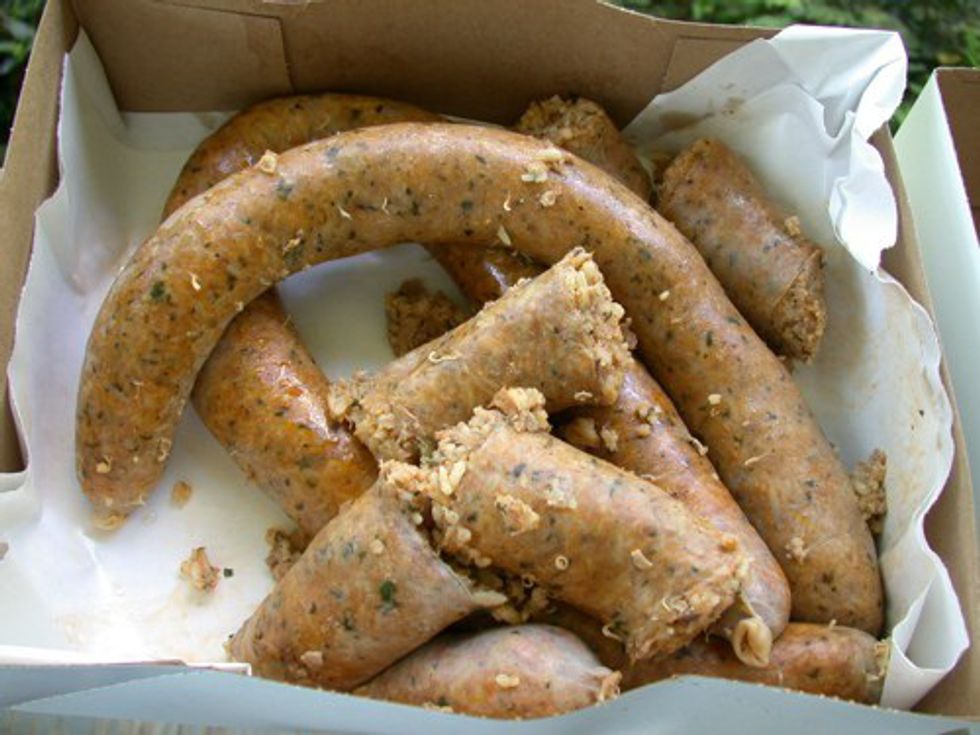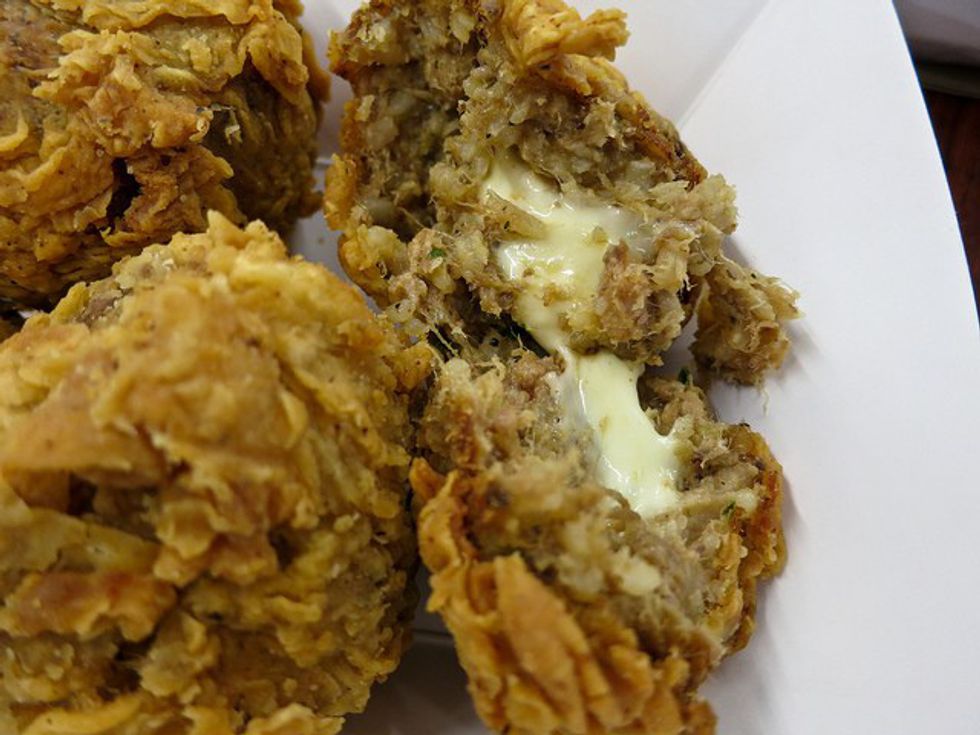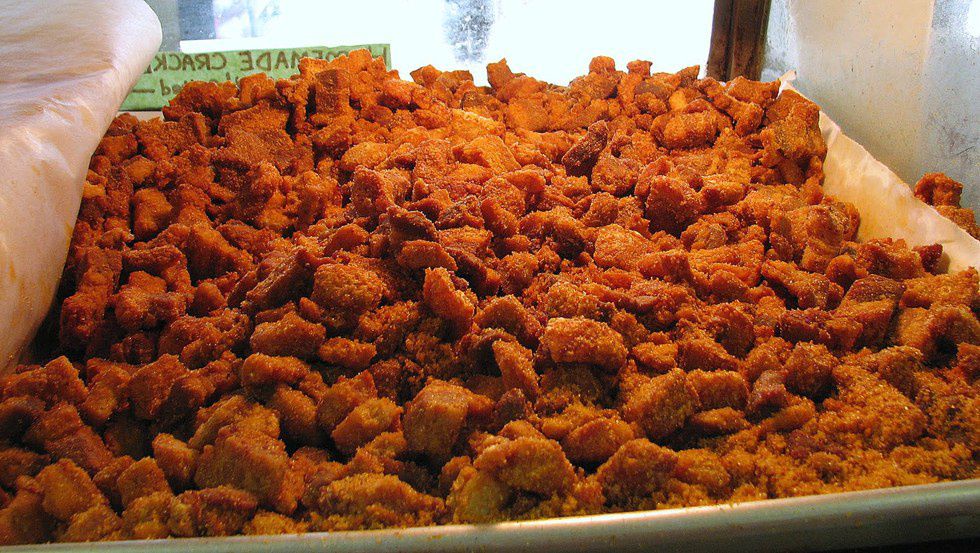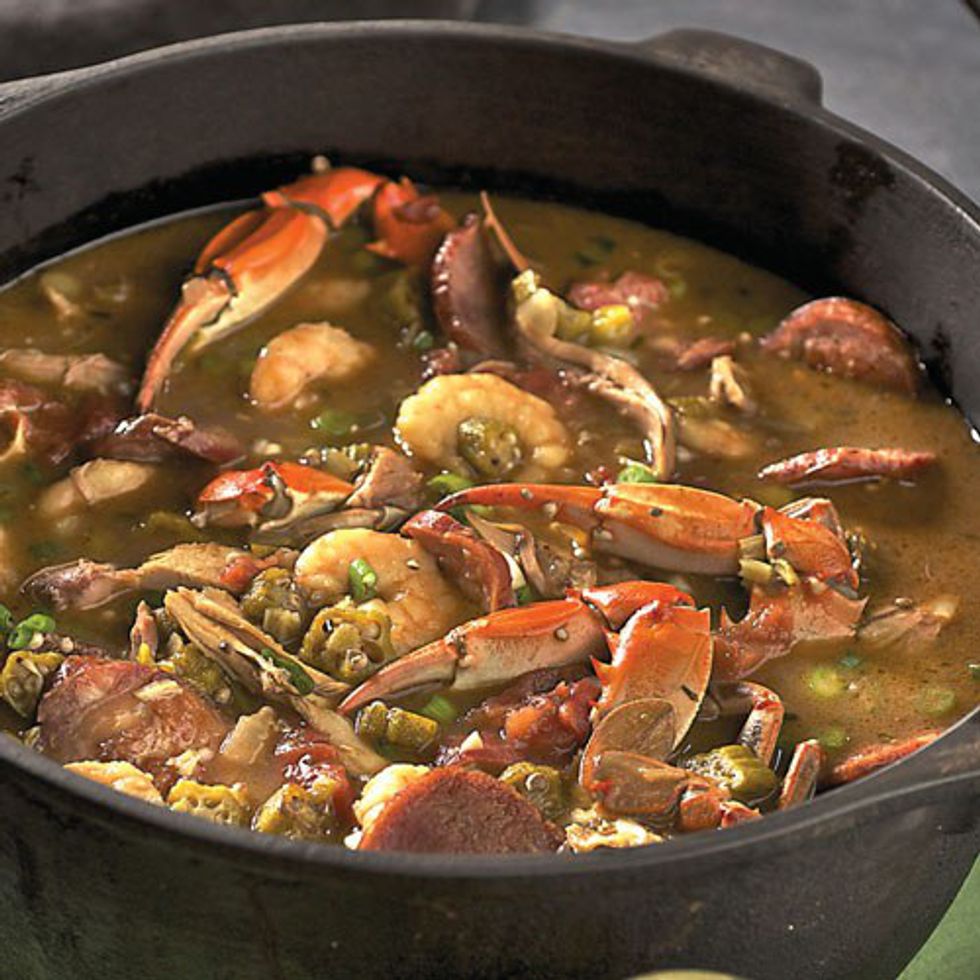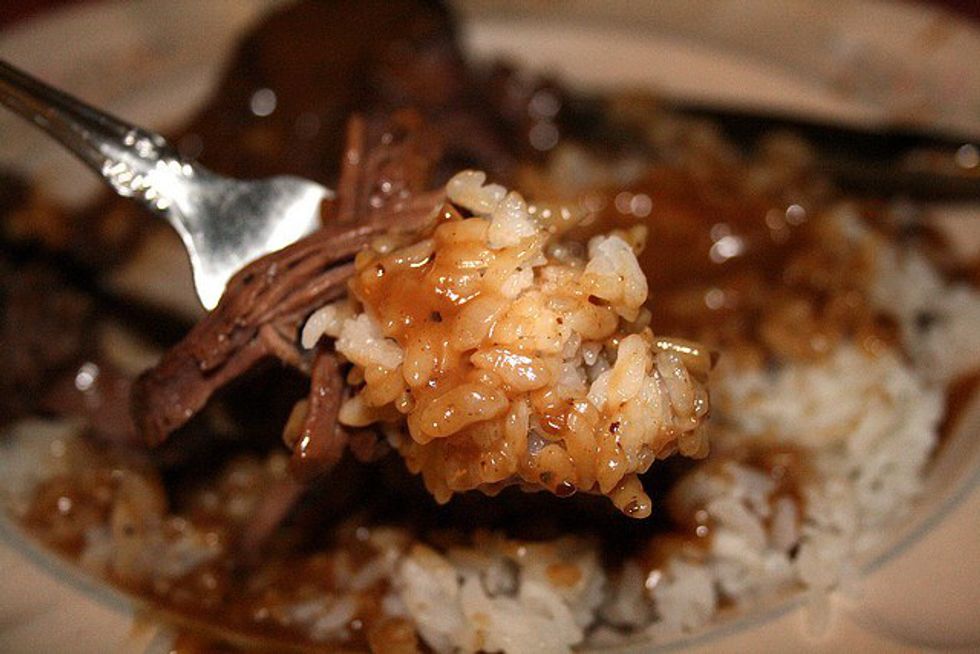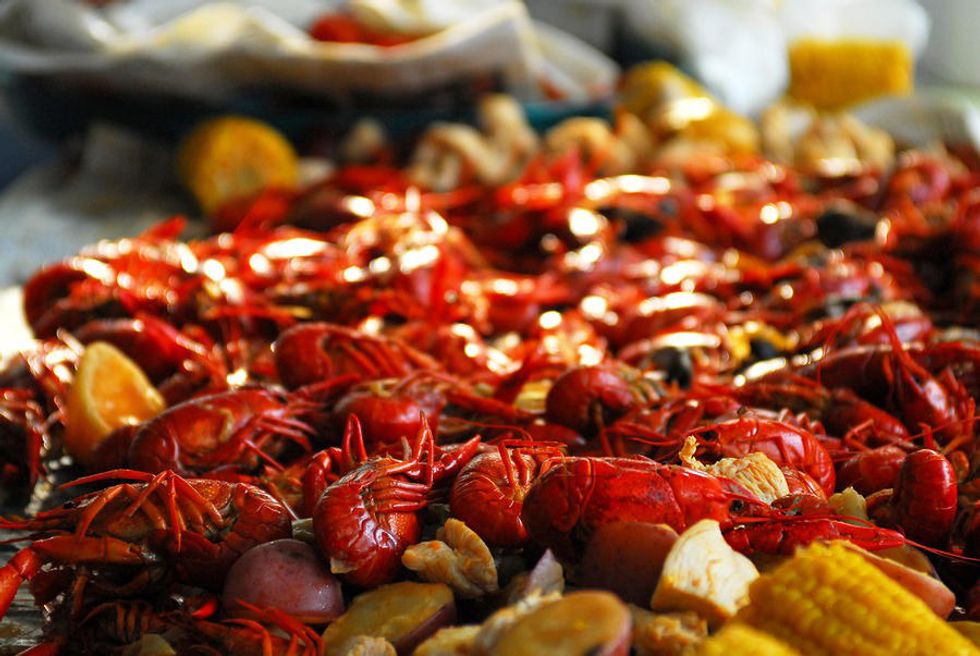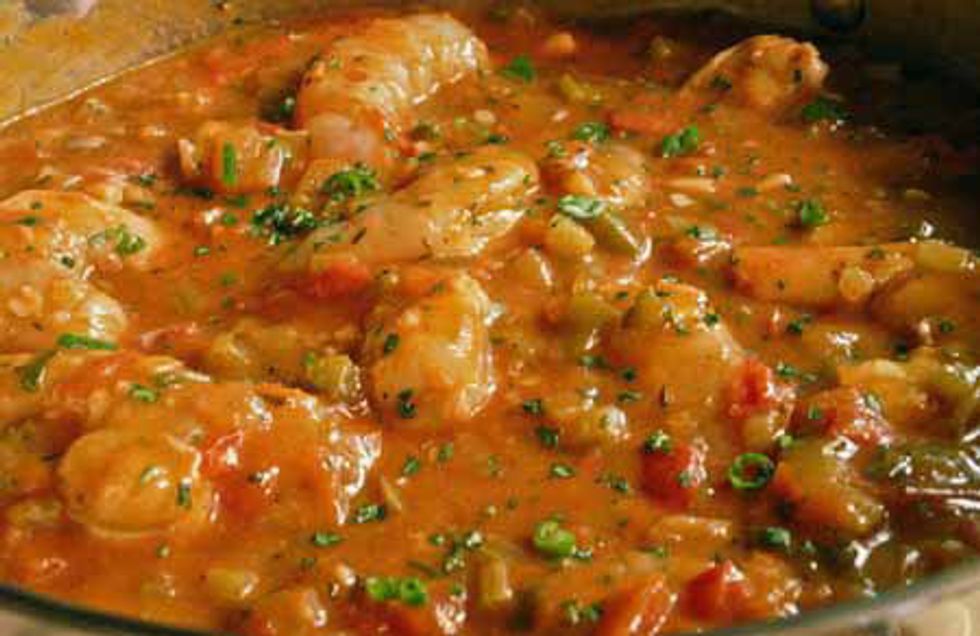Boudin, cracklins, gumbo, rice and gravy, smoked sausage, boiled crawfish, étouffée: these are some of the biggest reasons I proudly claim my South Louisiana Heritage. LSU is a big university, and we take great pride in our diversity. We love our northerners, our out-of-staters, and our city folk just as much as our own. However, people like me, who are from Louisiana's small, Cajun towns, know something that you guys don't. We know about the treasure that is Cajun food, and I'm here to share the secret with you.
Now I'm not talking about New Orleans' famous poboys or their fancy creole restaurants, nor am I admitting that they aren't all they are cracked up to be (because they are). No, I am talking about the small towns of South Louisiana; I'm talking about the Cajun French culture that is Acadiana. In case you didn't know, Acadiana is the region of Louisiana that makes up several parishes where the descendants of the 18th century Acadian Exiles from French regions of Canada reside. Here survives a richly unique musical, lingual, religious and yes, culinary tradition that has been handed down for the past few generations.
In my hometown, the little town of Ville Platte, a place where we get out of school for the opening of squirrel season and we annually hold the Smoked Meat Festival, I have been fortunate to receive a unique culinary upbringing. Here our great grandparents all speak fluent Cajun French. We buy our fresh meat from a venue of little, local, family owned "corner stores" and meat markets, or we take it from the freezer where the meat from the previous hunting season is stored. We treat ourselves regularly to the small luxury of hot boudin and cracklins. High school boys, as almost a coming of age tradition, make plans to "cook a sauce" on the weekends and continue to do so until they are old men. When it gets cold outside, everyone automatically refers to it as "gumbo weather" and eagerly awaits as the giant pot of hot soup is prepared. And everyone's favorite time of the year is none other than crawfish season.
If you've never been exposed to the delicacies of Cajun food, you are in for something life changing. However, it is worth mentioning that this food is nothing like the beautifully arrayed plates in New Orleans restaurants. In fact, it's not even pretty, and it will definitely not help your diet. However, never judge a book by its cover, and I swear that the calories are worth it. Below you'll find a short introduction to the basics of South Louisiana's Cajun delicacies.
1. Boudin.
You don't have to look very far past Baton Rouge to find some good boudin. In fact, one of my favorite rituals while making the drive to and from home and school is to stop in Krotz Springs, where there are at least three different stores similar to gas stations where you can find some of the best boudin in the state (other than T-Boys in Mamou, but that would take a longer drive). Boudin, described very sparingly, is a mixture of pork meat and rice along with other spices, and it can be served in a variety of ways. The most basic form of boudin is inside a casing, and looks much like sausage. However, these days a more popular way to eat boudin is rolled into a ball, battered and fried into what is known as a "boudin ball." Sometimes pepperjack cheese is even added. I promise, it doesn' t get much better than that.
2. Cracklins.
Gold, fried, greasy, nuggets of goodness. Places that have boudin usually have these as well, making for a true Cajun breakfast. Cracklins are bite sized morsels of fried pork skin, about 6 times worse for your cholesterol than French fries but about 10 times more satisfying.
3. Gumbo.
Nothing feels more like home than a good gumbo. Whether it's a rue based chicken and sausage gumbo, a seafood gumbo with shrimp and craps or a classic okra gumbo, this warm soup comes in a giant pot and, served over rice, makes your heart a little bigger and your company a little closer. You can find gumbo in many restaurants in south Louisiana, and you can find a delicious Creole gumbo in New Orleans. However, there's truly nothing that compares to one that's home cooked by someone who learned the recipe from his or her grandparents.
4. Rice and gravy.
This recipe can be made about 1,000 different ways. You can do it with chicken, beef, pork, deer, duck, and yes, squirrels too. It's the careful but not very difficult process of cooking meat and onions down to a gravy that is the secret to this art. It's not very complicated, but this meal is a staple to the Cajun way of life. Growing up, it was as common and anticipated to go home to a rice and gravy as it was to go to a barbecue.
5. Crawfish.
Right at the beginning of spring, the people all over south Louisiana eagerly start to plan their weekends around crawfish boils - an excuse to get together and get messy eating the spicy tails of freshly boiled crawfish. It's not crayfish, people. Crawfish is also used in several other Cajun dishes, such as the étouffée, a seafood stew poured over, yes, rice. It's a Cajun favorite.
These are only a few of the dishes that make up our unique culinary culture here in Cajun Country. We are very proud of our unique traditions in food, not only because they are delicious but also because they have helped cultivate a tradition of community as well. People enjoy these foods together among friends and among family and are united by the act of cooking and sitting around enjoying a meal together. We invite you to take advantage of your presence here in south Louisiana and to share in our traditions as well.




